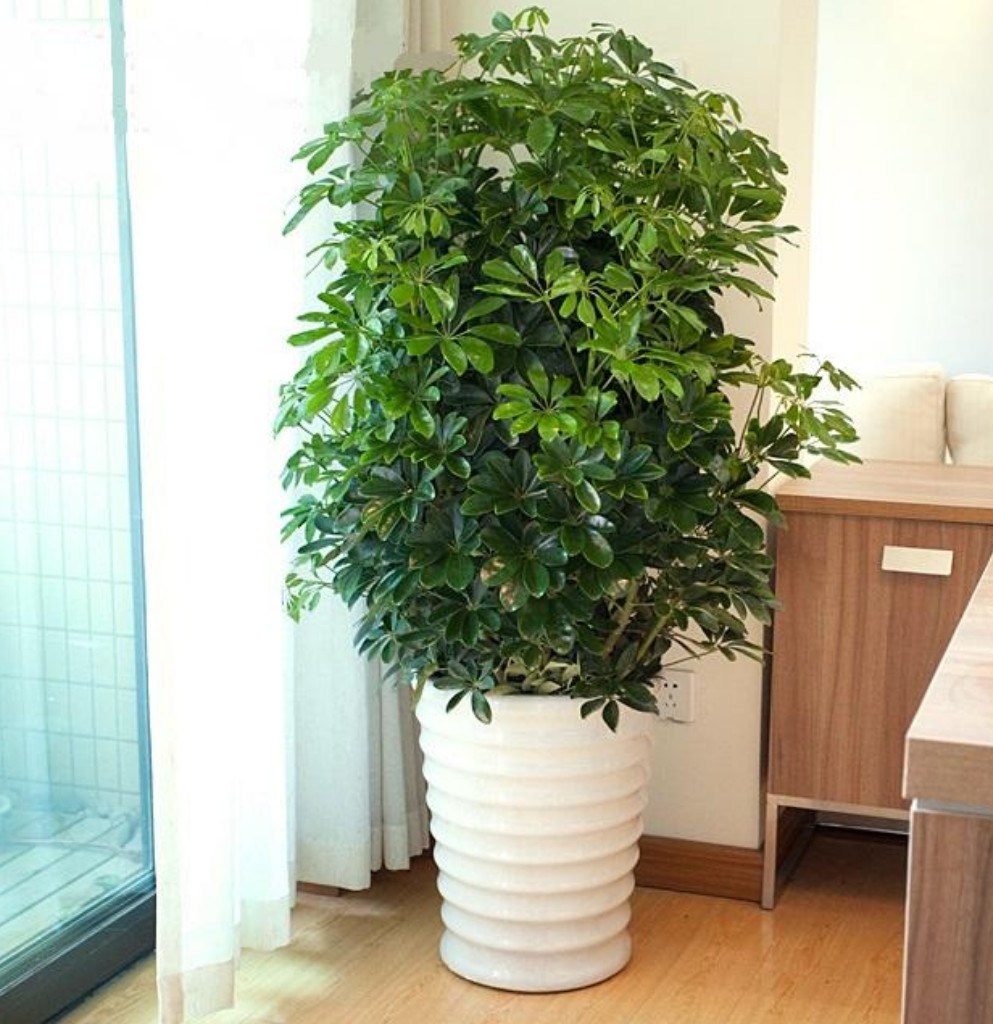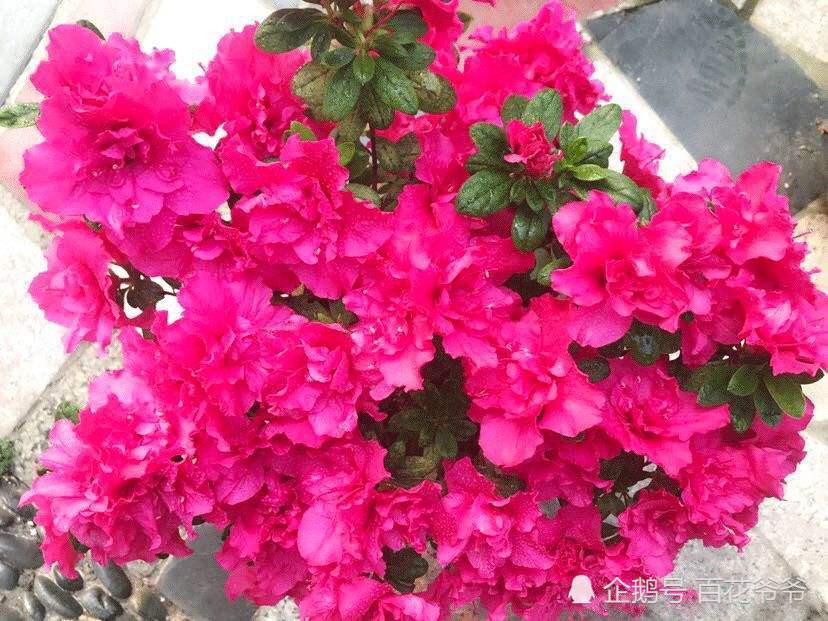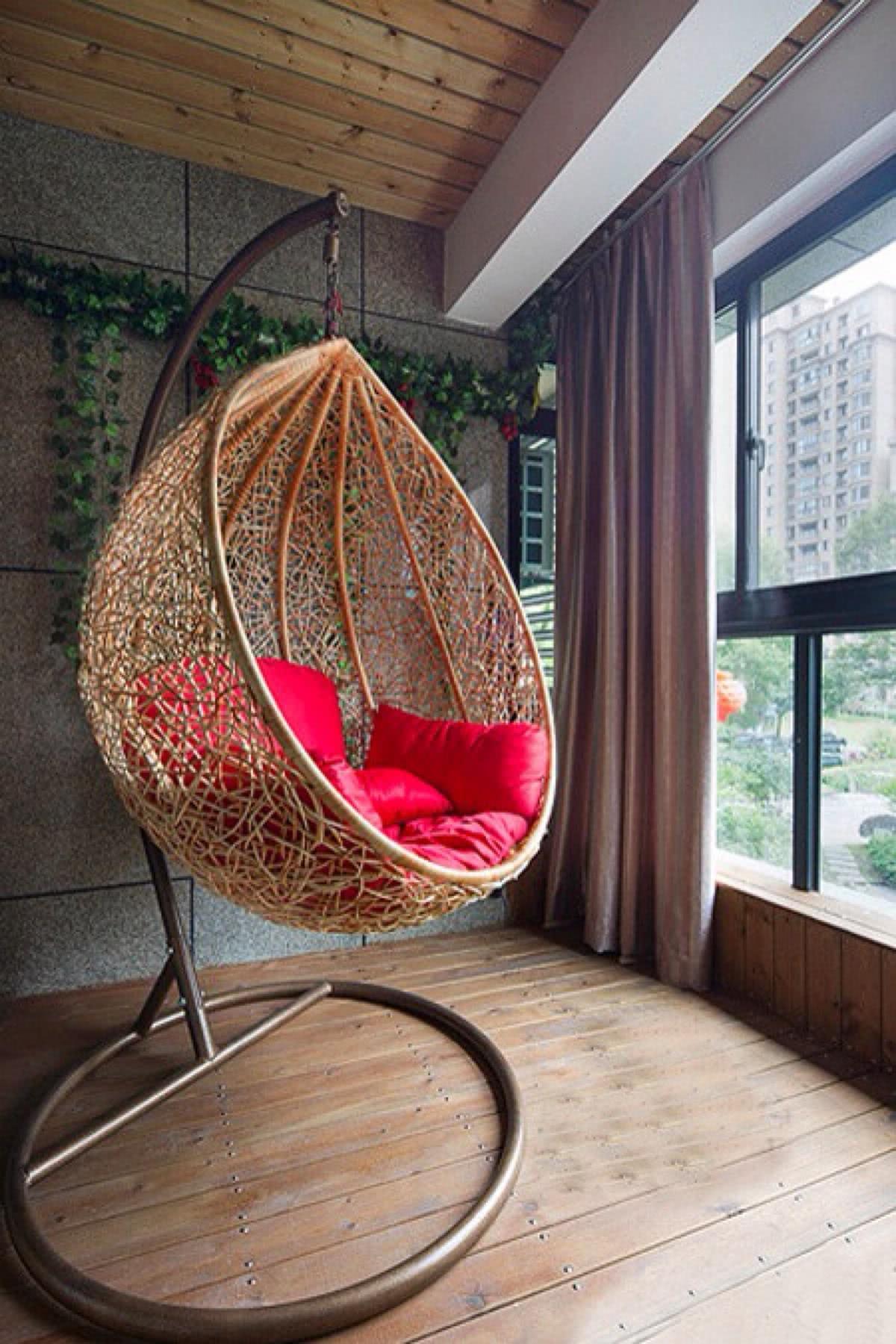There are yellow leaves and fallen leaves in indoor cultured duck foot wood to find out the causes and solutions.

Duck foot wood is also called goose palm wood. Beautiful plant shape, shady evergreen, with layered leaves, high ornamental value, so many flower friends will raise a pot at home. The survival ability of duck foot wood is strong, but the phenomenon of yellow leaves and fallen leaves still appears in some flower friends' indoor breeding duck foot wood, which does not rule out the following two reasons.
1. Lack of light and poor ventilation. Duck foot wood likes yang and is resistant to yin, which is not long-term shade. The growth of all things depends on the sun, although some shade-loving plants can not see the sun for a long time, but the leaves will also carry out photosynthesis by scattering light, otherwise they will not be able to survive. And duck foot wood is not a completely shade-loving plant, it grows better in plenty of sunlight, except for shade in the middle of summer, it can be given plenty of light in other periods. If it is a large duck foot wood cultivated indoors, it is not convenient to move, you can buy a mobile tray online and regularly move it to the balcony or window to receive some scattered light. Long-term shade and unventilated environment will not only cause stem node lengthening, but also cause a large number of yellow leaves and fallen leaves.
two。 Too much watering, the basin soil is too wet for a long time. Duck feet like warm, humid and well-ventilated environment, indoor breeding, evaporation is small, ventilation is not good, must wait until the soil is slightly dry before watering, usually can often spray water to the leaves to moisturize. The indoor unventilated environment and long-term dampness of the basin soil will cause root rot and the growth of bacteria in the basin soil.
If you find the reason for the fallen leaves of the duck foot wood in indoor breeding, you can use the medicine according to the condition. If it is caused by long-term shade, move the plant to the scattered light ventilation place in time, do not immediately give it the sun, let it first receive the right amount of scattered light, and then gradually accept direct light. If the leaf wilting is caused by the wet soil in the basin, you can loosen the soil in the basin with the help of a small tool to enhance ventilation and soil water volatilization. If the leaves wilt seriously and have rotten roots, it is recommended to dig out the roots, cut off part of the rotten roots, soak and disinfect them in carbendazim solution, dry and then replant the soil for cultivation.
The worst case is that the root system is rotten seriously and the plant leaves fall off in a large area. If the root system can not be saved, part of the semi-lignified fresh branches can be cut off and replanted with soil cuttings. In order to make the newly inserted branches take root quickly, it is suggested that the substrate should choose clean river sand or perlite which is easy to root, cut off the cuttings of about 8cm and 10cm, cut off the lower leaves, retain 3 leaves in the upper part for photosynthesis, and keep the substrate moist. Generally, it can take root in about 30 days.
- Prev

Growing flowers with this kind of free soil, any flower can live much better than nutritious soil.
Potted plants grow well, in addition to careful care, water and fertilizer to keep up with, the soil can be said to be a very key factor. If you only use pastoral soil potted plants, it is easy to harden, nutritious soil has good air permeability, but water retention is relatively poor.
- Next

17 super beautiful balcony designer netizens: first of all, you have to have a house with a balcony.
17 super-beautiful "balcony designs", put more plants in the balcony, put comfortable chairs and small coffee tables, full of vitality out of the small space, free to enjoy flowers and drink tea, life is very comfortable, netizens: first of all, you have to.
Related
- Wuhan Hospital Iron Tree Blooming Result Was Instantly Frightened by the Gardener Master
- Which variety of camellia is the most fragrant and best? Which one do you like best?
- What is the small blue coat, the breeding methods and matters needing attention of the succulent plant
- Dormancy time and maintenance management of succulent plants during dormancy
- Minas succulent how to raise, Minas succulent plant pictures
- What are the varieties of winter succulent plants
- How to raise succulent plants in twelve rolls? let's take a look at some experience of breeding twelve rolls.
- Attention should be paid to water control for succulent plants during dormant period (winter and summer)
- Watering experience of twelve rolls of succulent plants
- Techniques for fertilizing succulent plants. An article will let you know how to fertilize succulent plants.

